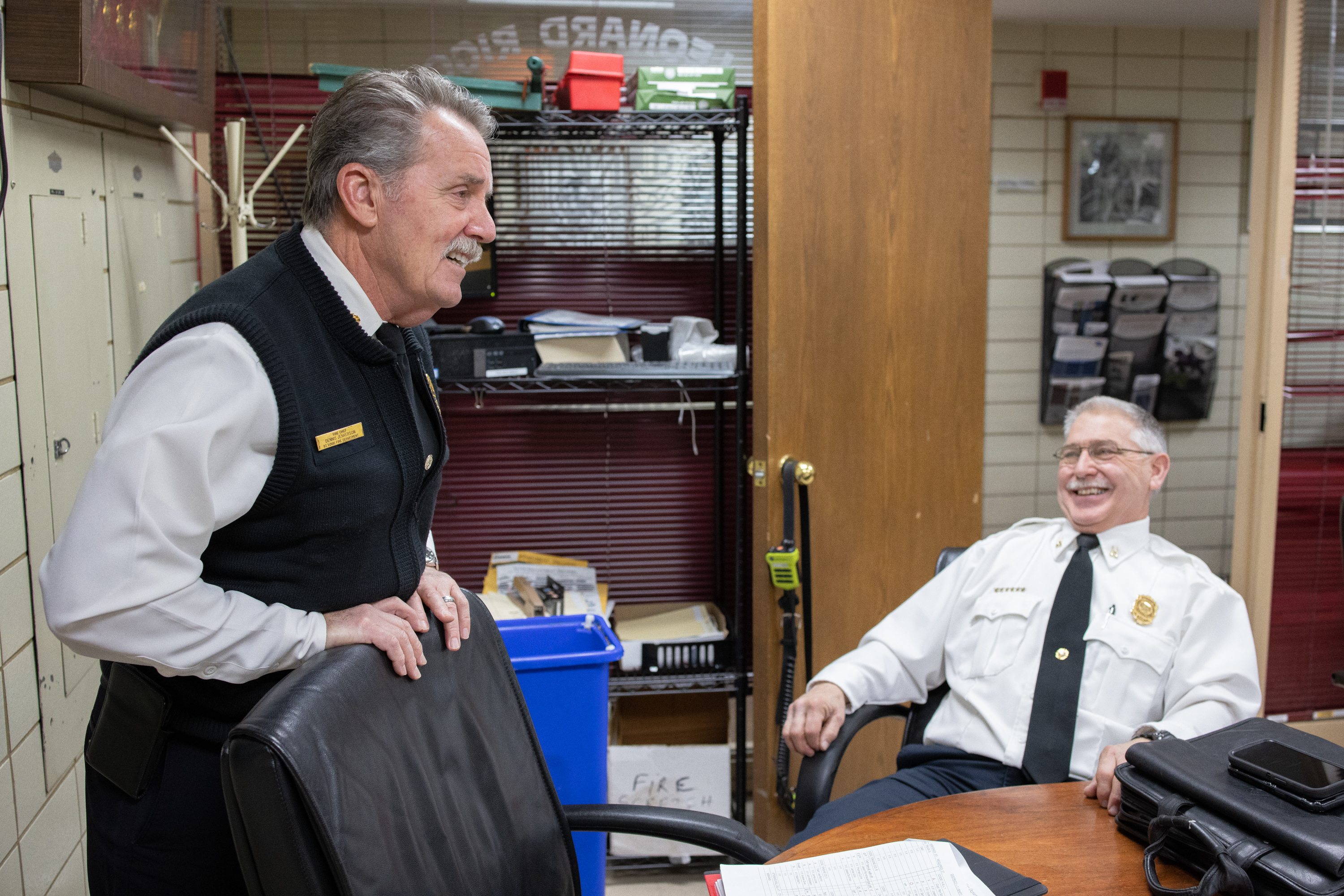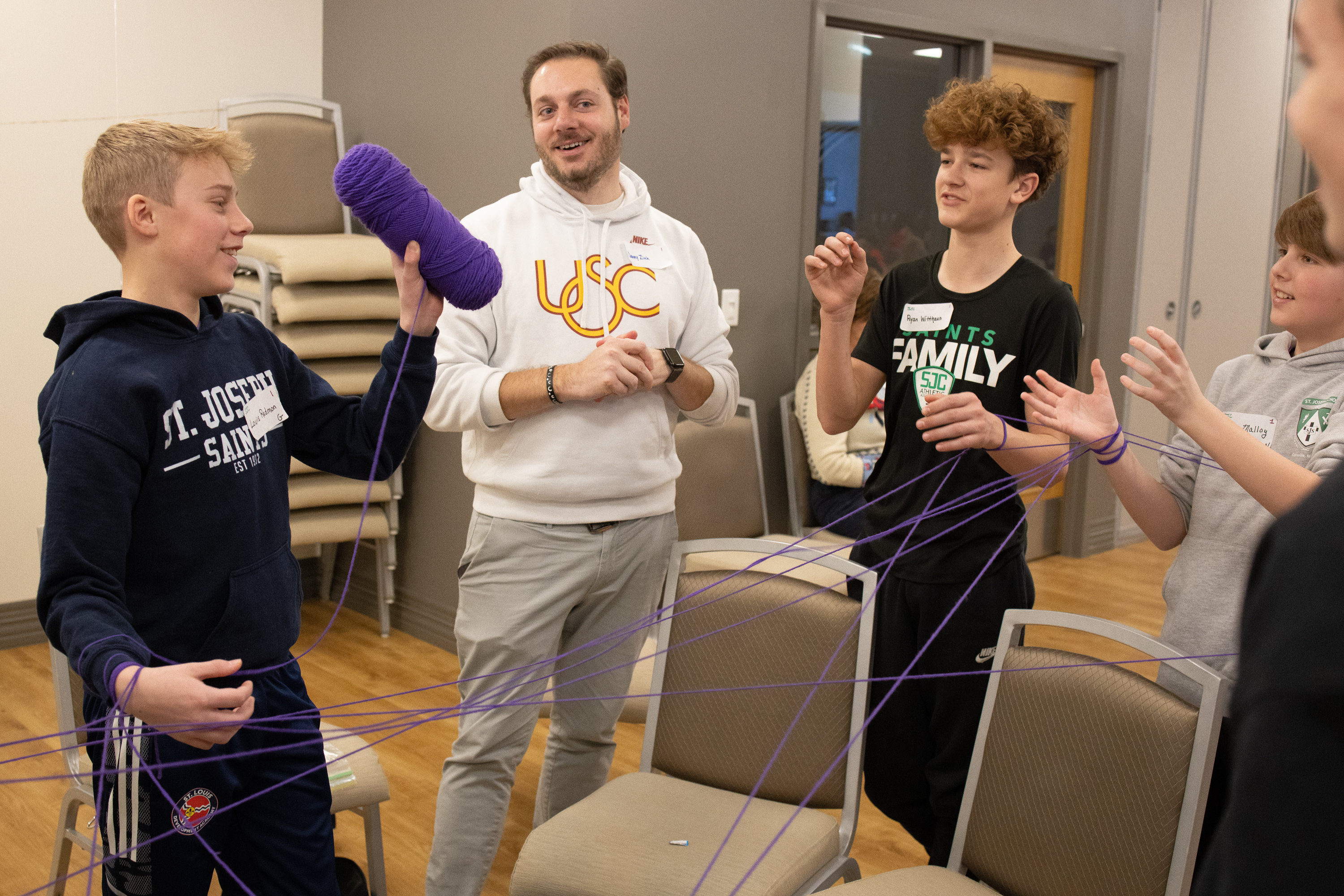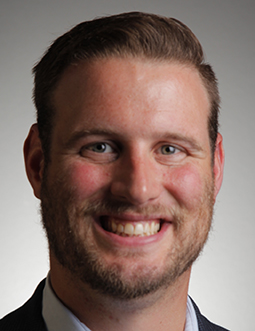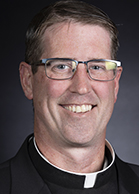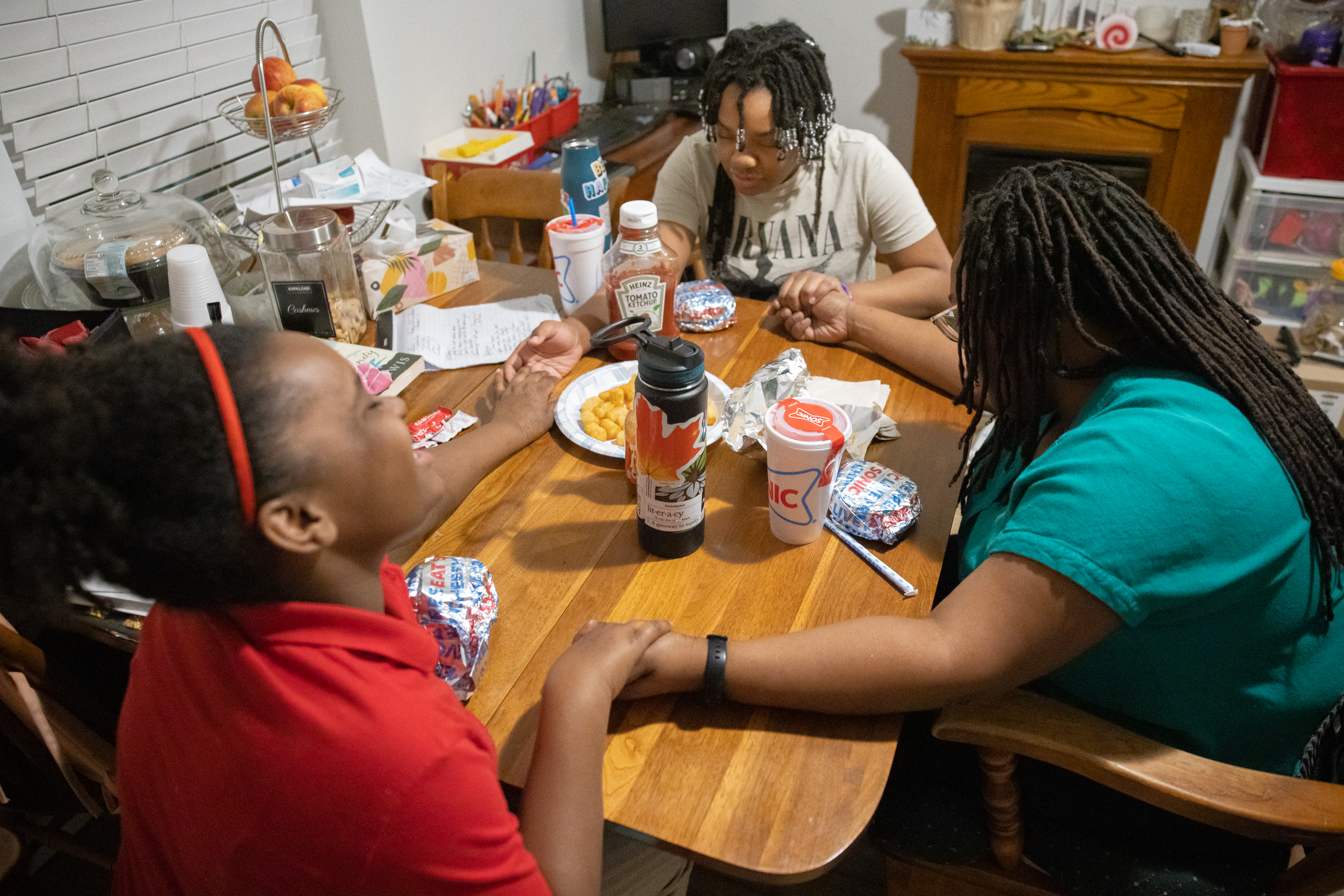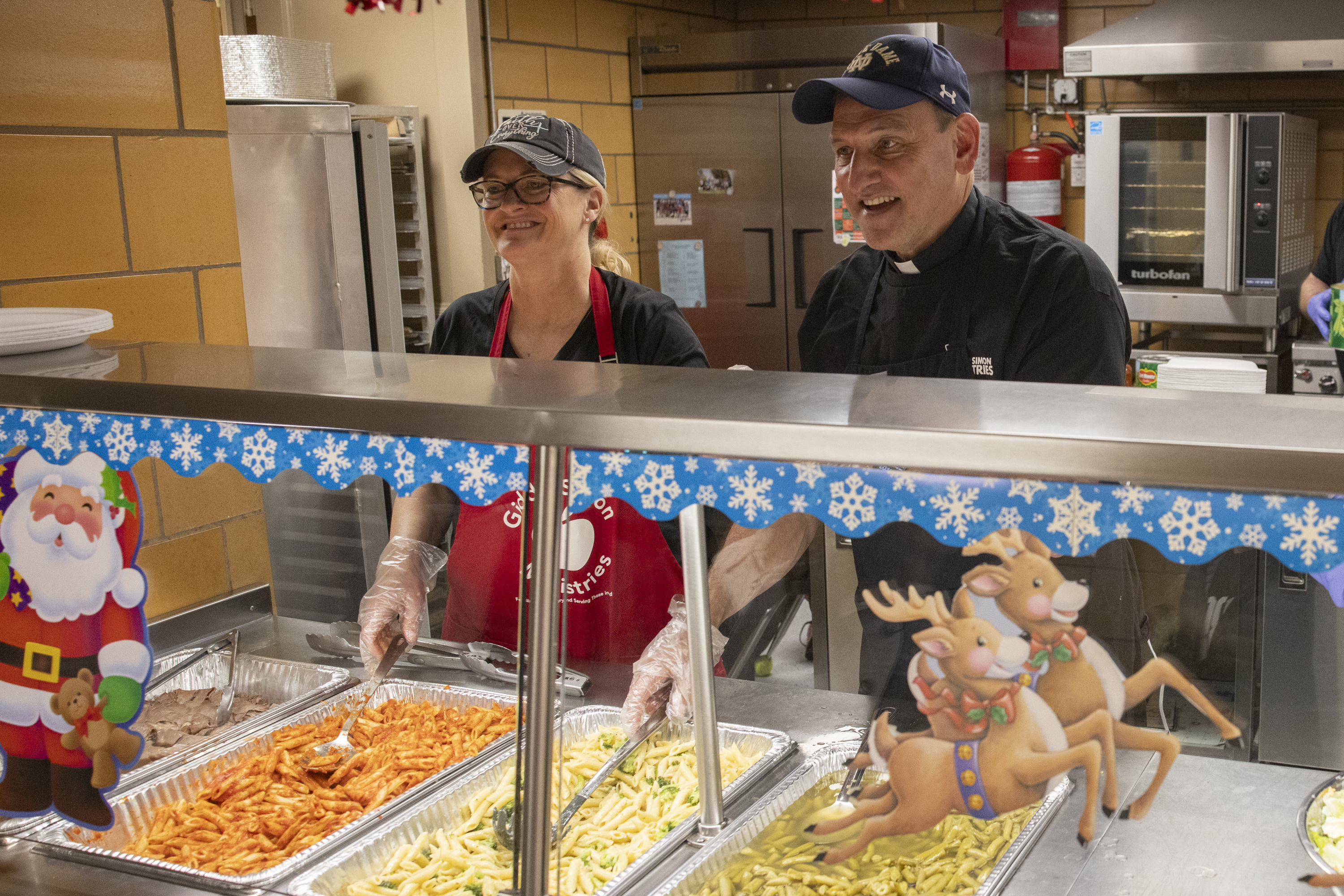The road to restorative rest
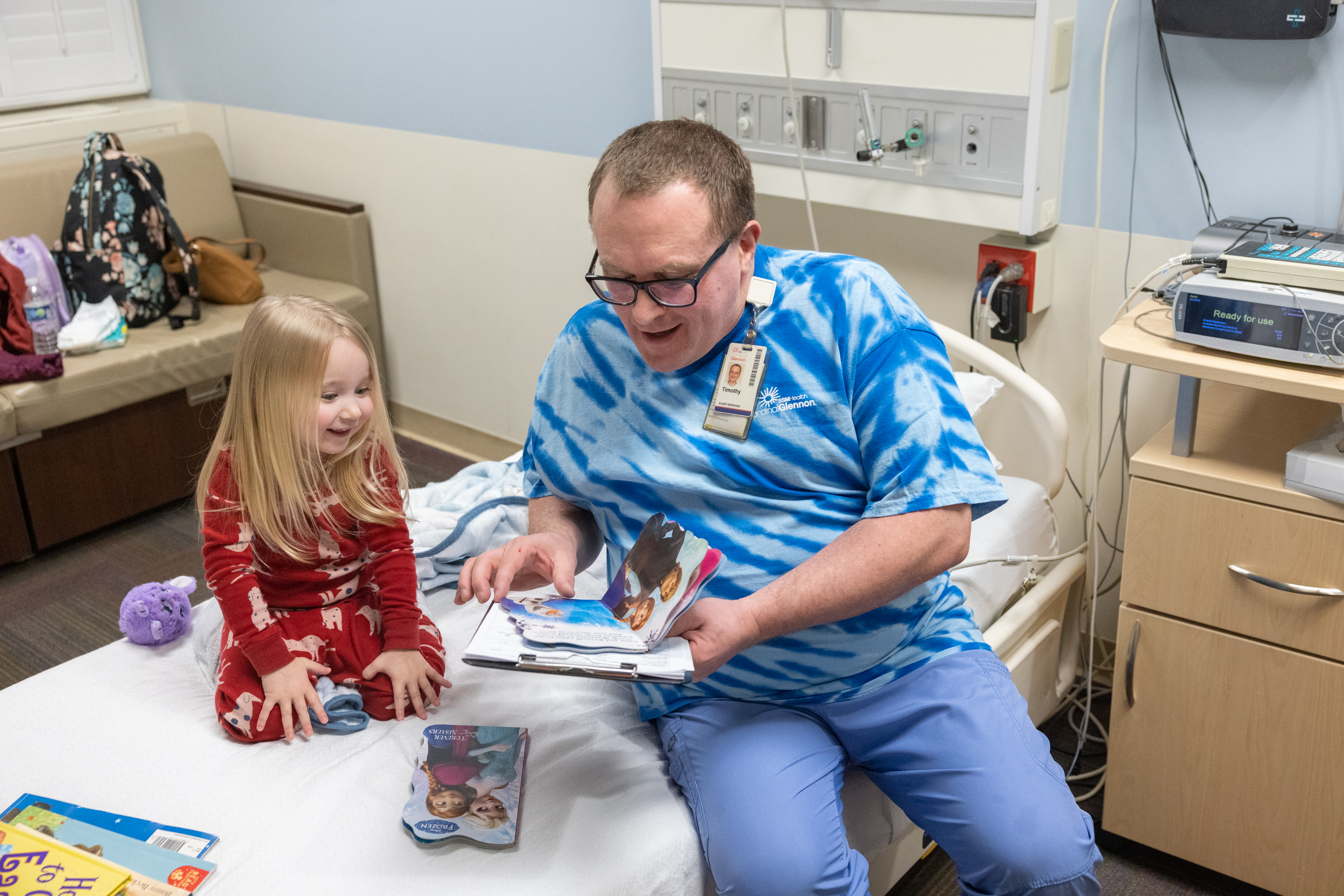
Sleep lab at Cardinal Glennon helps remove roadblocks to healthy sleep
Good nights’ sleep can change your life.
Tim and Katherine Soberg, registered polysomnographic technologists — sleep techs — in the SSM Health Cardinal Glennon Children’s Hospital sleep lab have seen it happen. And through the lab’s sleep studies, they help children and their parents figure out what might be getting in the way.
An overnight sleep study in the SSM Health Cardinal Glennon Children’s Hospital sleep lab examines not just how much patients are sleeping, but how they are breathing, their heart activity and brain activity. The lab works hand-in-hand with the hospital’s sleep clinic, where patients with a wide variety of health issues see doctors who determine if a sleep study is needed and then form a treatment plan from the results.
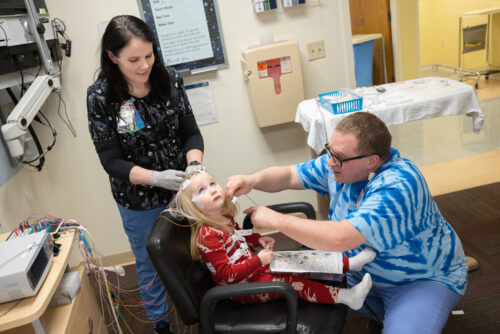
Sleep medicine is still a fairly new area, Tim said, especially in pediatrics; many people don’t even realize that children can have sleep apnea, for instance. More children would benefit from a sleep study than parents might think, he said.
“The average person really only thinks you need a sleep study if you’re snoring so bad you’re keeping everyone up, but you can have severe sleep apnea and never snore, and you can snore and not have sleep apnea,” he said. “It works both ways.”
For many children, enlarged tonsils are the culprit, and a tonsillectomy can clear the airway for better sleep. For others, CPAP — continuous positive airway pressure — is a common treatment. The sleep study testing can help diagnose 80 different issues.
“In sleep (medicine), you get neurology, you get pulmonology, you get cardiology — all the disciplines refer to sleep, because all those organs are affected by a good night of sleep,” Tim said.
It’s rewarding to see how identifying and addressing sleep problems can improve kids’ lives, Tim said. One patient who has stuck with him was a 15 year old who was falling asleep at school every day, in danger of failing his classes. When he came in for a sleep test, they found significant breathing problems that were preventing him from getting quality sleep at night. They got him set up with CPAP right away.
“He had a follow up study done about a year later, and his mom said, ‘I just can’t thank you guys enough. He’s making straight As. He doesn’t fall asleep at school anymore,’” Tim said. “It wasn’t a behavioral problem; it was just that he needed some help.”
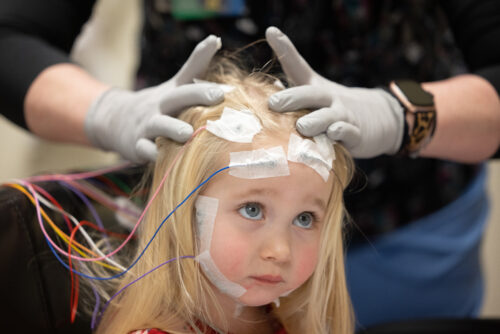
Sometimes children who seem hyperactive are really just sleepy, Tim said, and the nonstop activity is how they try to keep themselves awake. “An adult that’s sleepy goes and takes a nap. A kid that’s sleepy keeps running because they don’t want to lay down,” he said.
A sleep study can also catch other problems that were previously unknown, Katherine said. A child came in before a tonsillectomy, and the study identified a significant arrhythmia in the heart. He was referred to the hospital the next morning.
In addition to the data collection, relationship-building is one of the most important things the sleep lab staff members do, sleep lab supervisor Phillip Johnson said.
“(The staff members) know that every child that comes through the door is probably anxious, nervous, a little bit scared and can be overwhelmed by all the wires that we have to put on,” he said. “And they do an incredible job at working with these kiddos to make them comfortable.”
The sleep study involves 29 different touchpoints — lots of wires, but also things like a pulse oximeter and two belts — which take about half an hour to attach to the child. This is where being able to connect with a child is really important, Katherine said. She asks about the child’s stuffed animal or their favorite activities and gets them chatting about something they’re interested in. She also explains each piece of equipment and why it’s important, for both the kids and the parents to know.
“You just put it in terms they understand,” she said. “We stay flexible and adaptable as well … and I always tell parents, you know your kid better than any of us ever will. So if there are tricks or tips, if you know a certain area is going to be more difficult, tell me all those things and let’s figure it out.”
Tim has worked in the Cardinal Glennon sleep lab for about 15 years, and Katherine is nearing two years. The husband-and-wife duo “still learn from each other all the time,” Katherine said.
And it makes it simpler to share stories at the end of the day, Tim added. “If you’re working a job that maybe your wife or husband has never worked before, you might be talking shop but they have no idea what you’re really trying to talk about. They’re just listening,” he said. “But obviously we can really relate; if you had a hard night, you had a hard patient, we can relate, we know what the other is going through there.”
The husband-and-wife duo both work night shifts but typically on different days; their schedules overlap one weekend a month. On those occasions, it’s fun to work together, they agreed.
“We’ve been married 30 years — honestly, at this point, it should be figured out,” Katherine said, sharing a look and a laugh with Tim.

